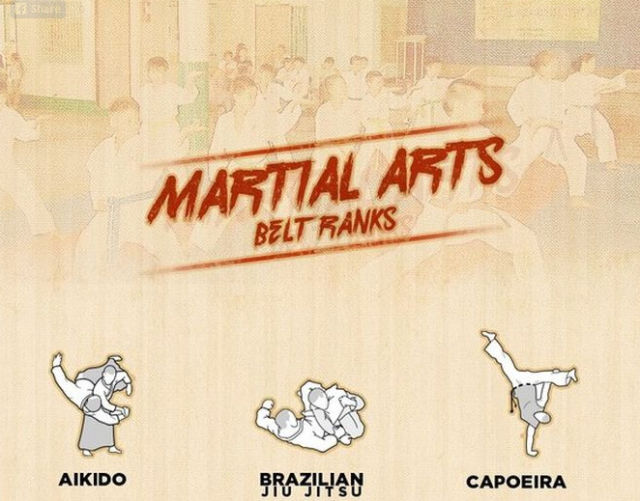Discover The Tricks Behind Karate, Taekwondo, And Extra! Introduce The Hidden World Of Fighting Styles Styles In This Ultimate Guide
Discover The Tricks Behind Karate, Taekwondo, And Extra! Introduce The Hidden World Of Fighting Styles Styles In This Ultimate Guide
Blog Article
Published By-Stender Lemming
Are you tired of sensation overwhelmed by the large globe of fighting styles? With many styles to select from, it can be very easy to get lost in a sea of punches, kicks, and strange names. Yet worry not!
This discussion will debunk the different fighting styles designs, taking you on a trip from the effective strikes of Martial arts to the dynamic kicks of Taekwondo. Prepare to uncover the beginnings, techniques, and approaches behind these old art kinds.
So, tighten your belt and prepare to embark on an enlightening exploration right into the captivating globe of fighting styles.
Beginnings of Martial Arts Styles
The beginnings of martial arts designs can be mapped back to old people and their requirement for protection and fight techniques. Throughout history, various societies established their own one-of-a-kind methods of battling, each with its very own set of strategies and approaches.
In China, for instance, martial arts designs such as Martial art and Tai Chi were developed as a way of protection and boosting physical and psychological wellness.
In Japan, the samurai warriors developed styles like Karate and Judo, concentrating on technique, precision, and mastery of the body.
Similarly, in Korea, Taekwondo emerged as a fighting style emphasizing high kicks, fast movements, and mental stamina.
These very early worlds laid the foundation for the diverse array of martial arts designs that exist today, each with its very own abundant background and social significance.
Methods and Training Methods
To understand martial arts designs, professionals should discover different methods and training approaches.
Strategies are the certain activities and actions used in battle, such as strikes, kicks, throws, and obstructs. Different fighting styles designs have their very own unique set of methods that practitioners must grasp with extensive training.
Educating methods differ depending upon the style, yet they normally involve a mix of physical conditioning, drills, competing, and types.
Physical conditioning is vital to build toughness, flexibility, and endurance. Drills aid practitioners refine their strategies and improve their speed and accuracy.
Sparring allows experts to exercise their strategies in a regulated, realistic setting. https://messiahvfoxh.wizzardsblog.com/33196458/gaining-incentives-of-resilience-martial-arts-psychological-and-emotional-gains , also called kata, are cut-and-dried series of activities that help specialists create muscle memory and emphasis.
Ideologies and Principles
Discovering the philosophies and principles of fighting styles styles can provide you with a deeper understanding of your picked technique. Each martial art has its very own distinct ideology and set of guiding principles that form the method it's exercised.
For instance, Martial arts highlights technique, regard, and self-discipline. It instructs practitioners to focus their minds and bodies, allowing them to defend themselves while maintaining a sense of inner tranquility.
On the other hand, Taekwondo positions a solid focus on rate, agility, and versatility. look at this website are rooted in the tenets of politeness, honesty, willpower, self-constraint, and unbeatable spirit.
Conclusion
Now that you've discovered the beginnings, methods, and ideologies of different martial arts styles, you have a deeper understanding of these ancient self-controls.
Visualize a young karate student, experimenting steadfast resolution and emphasis, breaking through boards with an effective strike.
Read the Full Write-up and toughness called for to grasp a fighting style, advising us that with discipline and willpower, anything is possible.
